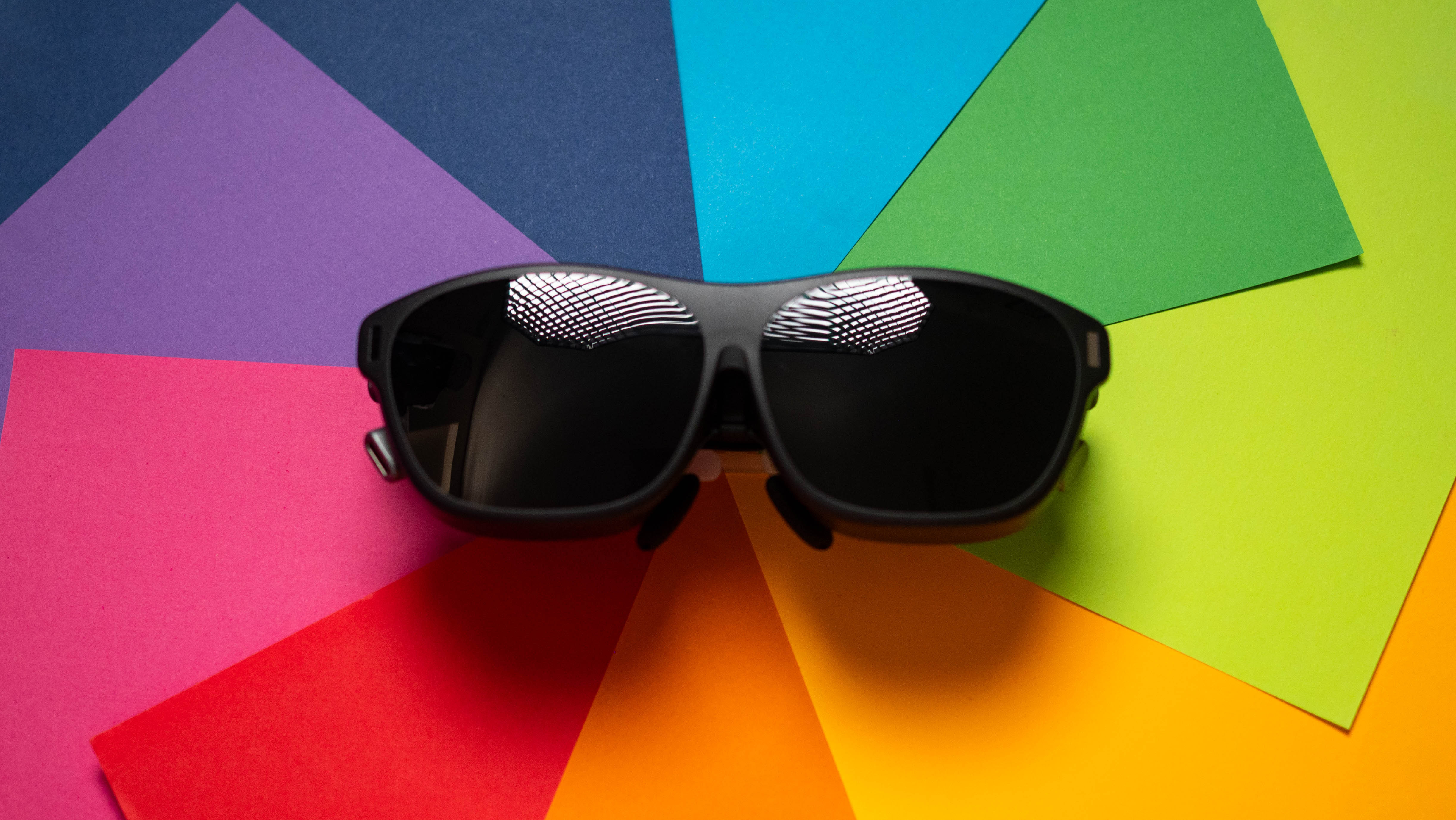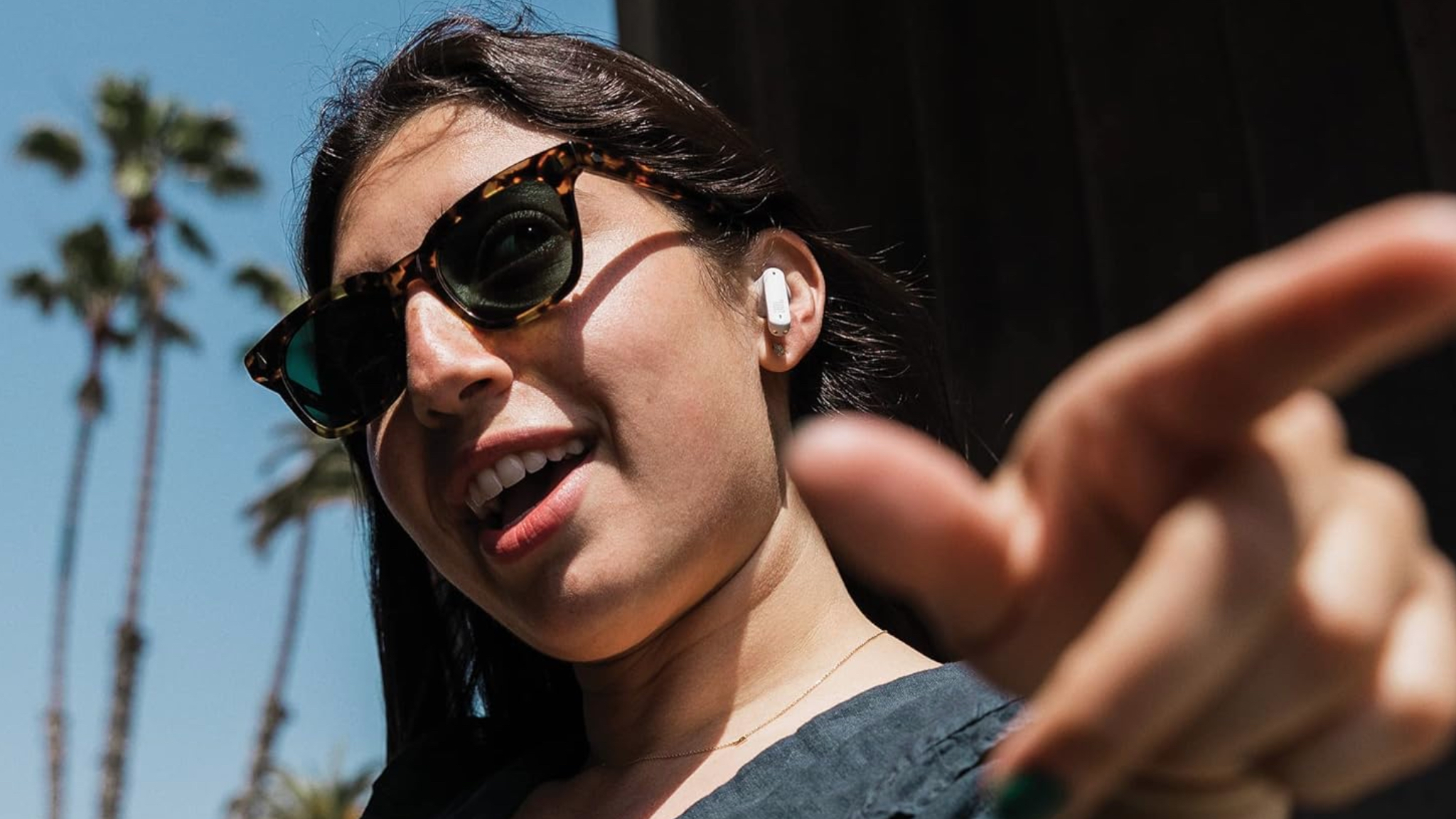Android Central Verdict
With a comfortable design and Sony's latest Micro-OLED panel that projects a 215-inch image, the Max 2 does a great job with the basics. Add in extensive adjustability that ensures you get a clear image at all times, and the AR glasses score a definite win over their immediate rivals. You get decent built-in sound and connectivity via USB-C, so if you just want AR glasses to stream content and play games, the Max 2 is the best I've used yet. But if you're looking for productivity use cases, you'll need to wait.
Pros
- +
Comfortable design
- +
Brilliant Micro-OLED panel
- +
Extensive adjustability
- +
Good built-in sound
- +
Hassle-free connectivity+
Cons
- -
Minor tweaks against the original Max
- -
Limited software ecosystem
Why you can trust Android Central
There's no shortage of excitement when it comes to AR glasses, and while Meta and Xreal dominate the market share in this nascent segment, there are new entrants looking to challenge the status quo. Rokid has been around for the better part of a decade, but the Chinese brand is just now starting to break out into the global market.
The Max 2 is key to that vision; the AR glasses use a Micro-OLED panel that delivers a 215-inch screen anywhere you go, and you get decent built-in sound and connectivity via USB-C. But where the Max 2 stands out is the design; Rokid did all the right things in this area, and the level of adjustability you get with these glasses is much better than the likes of the RayNeo Air 3S, which I tested earlier in the year.
So if you need AR glasses to consume entertainment on the go or need a portable screen to level up your Steam Deck gaming sessions, Rokid's Max 2 is one of the best options available today.
Rokid Max 2: Pricing and availability
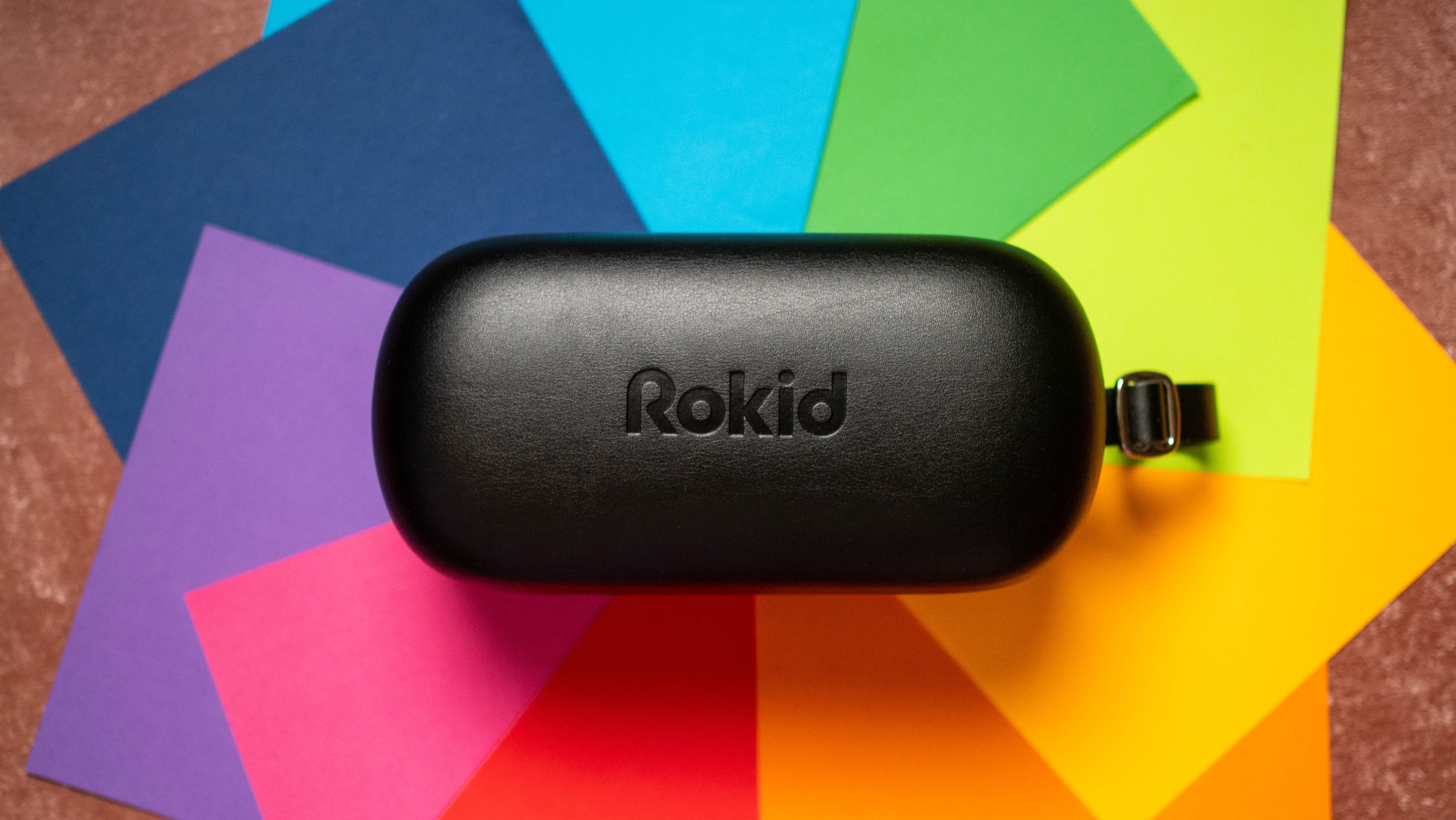
Rokid's Max 2 glasses made their debut in Q1 2025, and they're now available in select global markets. They cost $399 on Amazon U.S. as of writing, which includes a 25% discount — their regular retail price is $529. There's also a Rokid AR Spatial bundle for $648 that includes the Station 2, a custom accessory that unlocks spatial games and utilities. I just got the Max 2 glasses for now, and I'll be updating this post once I test the Station 2 to see how it extends the feature-set.
Rokid Max 2: What I like
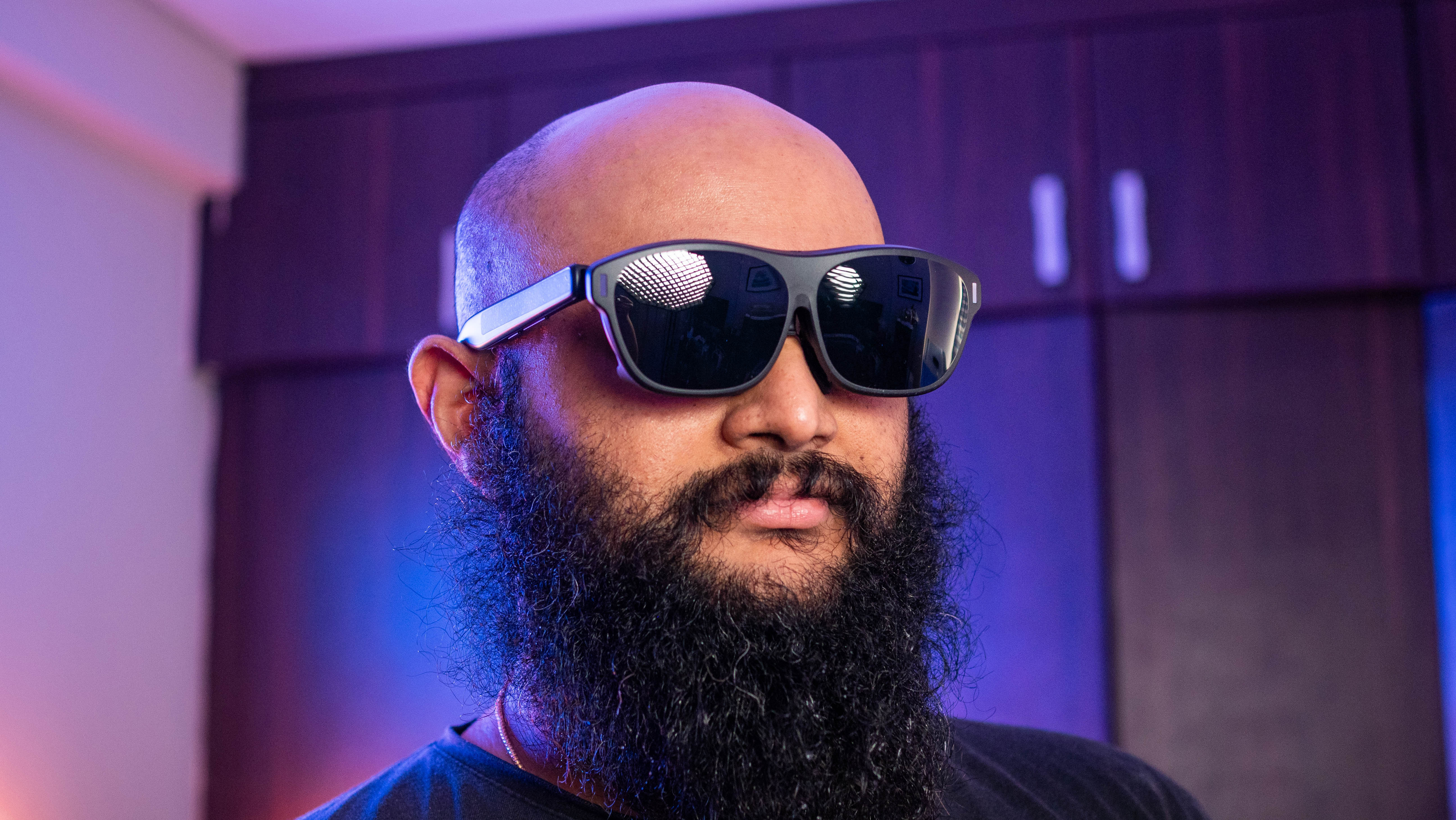
The biggest issue with smart glasses is fit and comfort. As much as I like RayNeo's products, they require plenty of adjustments to dial in on the fit, and that's thankfully not an issue on the Max 2. The glasses have a plastic chassis that's relatively light at 76g, and the frame has a decent amount of adjustability to it.
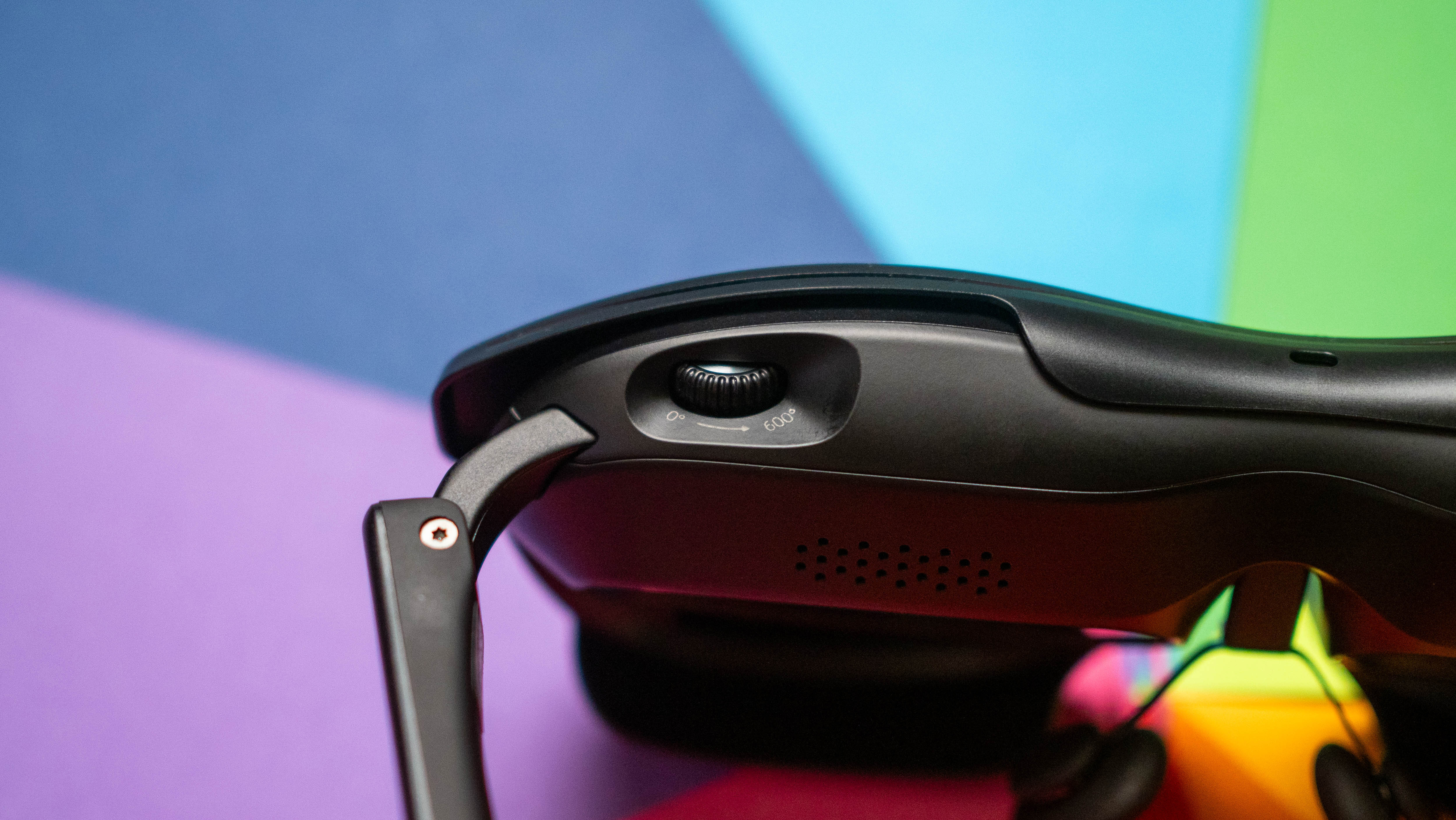
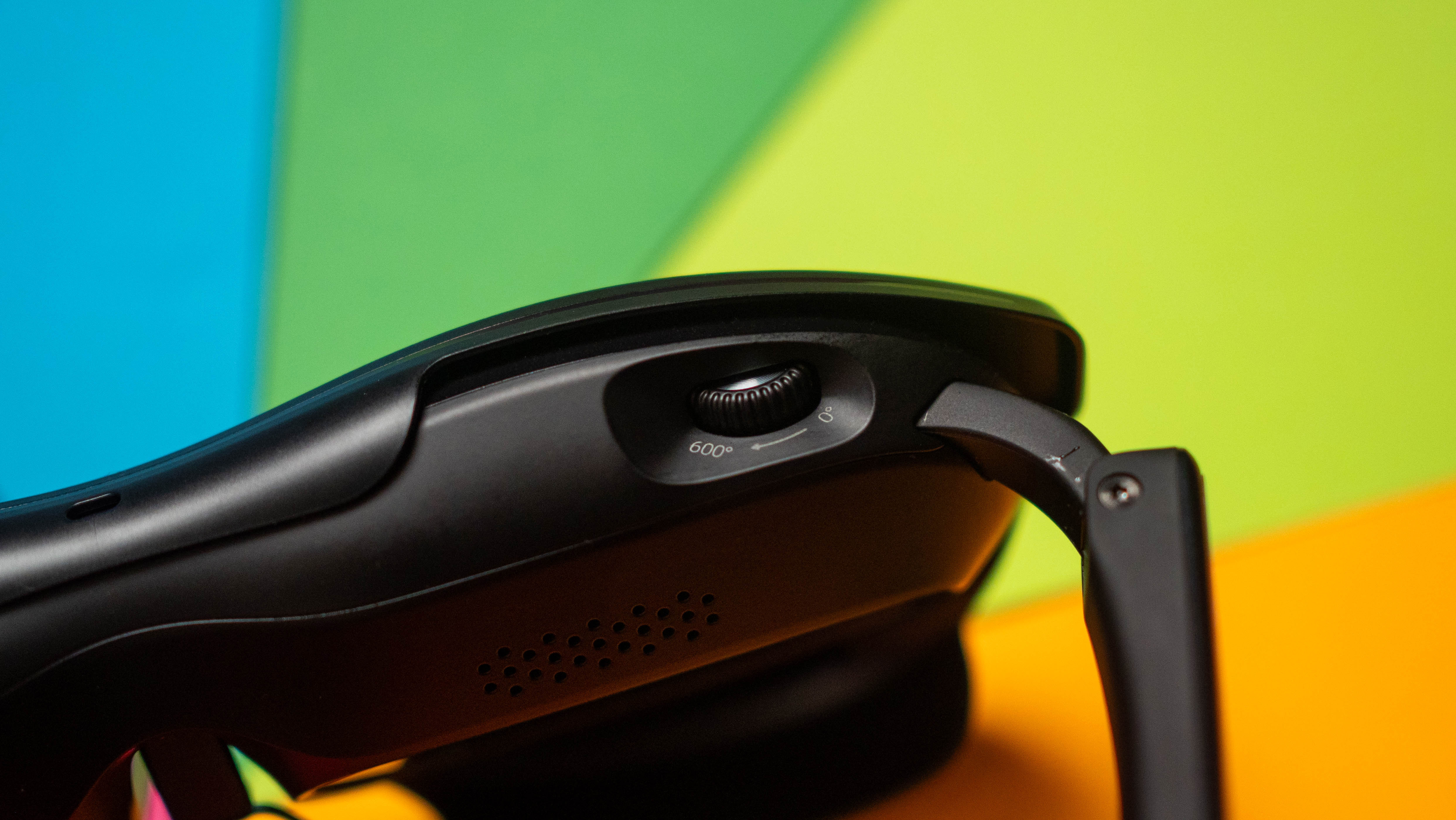
Where the design truly shines is the customizability. The Max 2 comes vision adjustment, giving you granular control over the focus of the Micro-OLED panel according to your eyesight. This makes a huge difference in usability, and it ensures the Max 2 delivers a crystal-clear picture at all times.
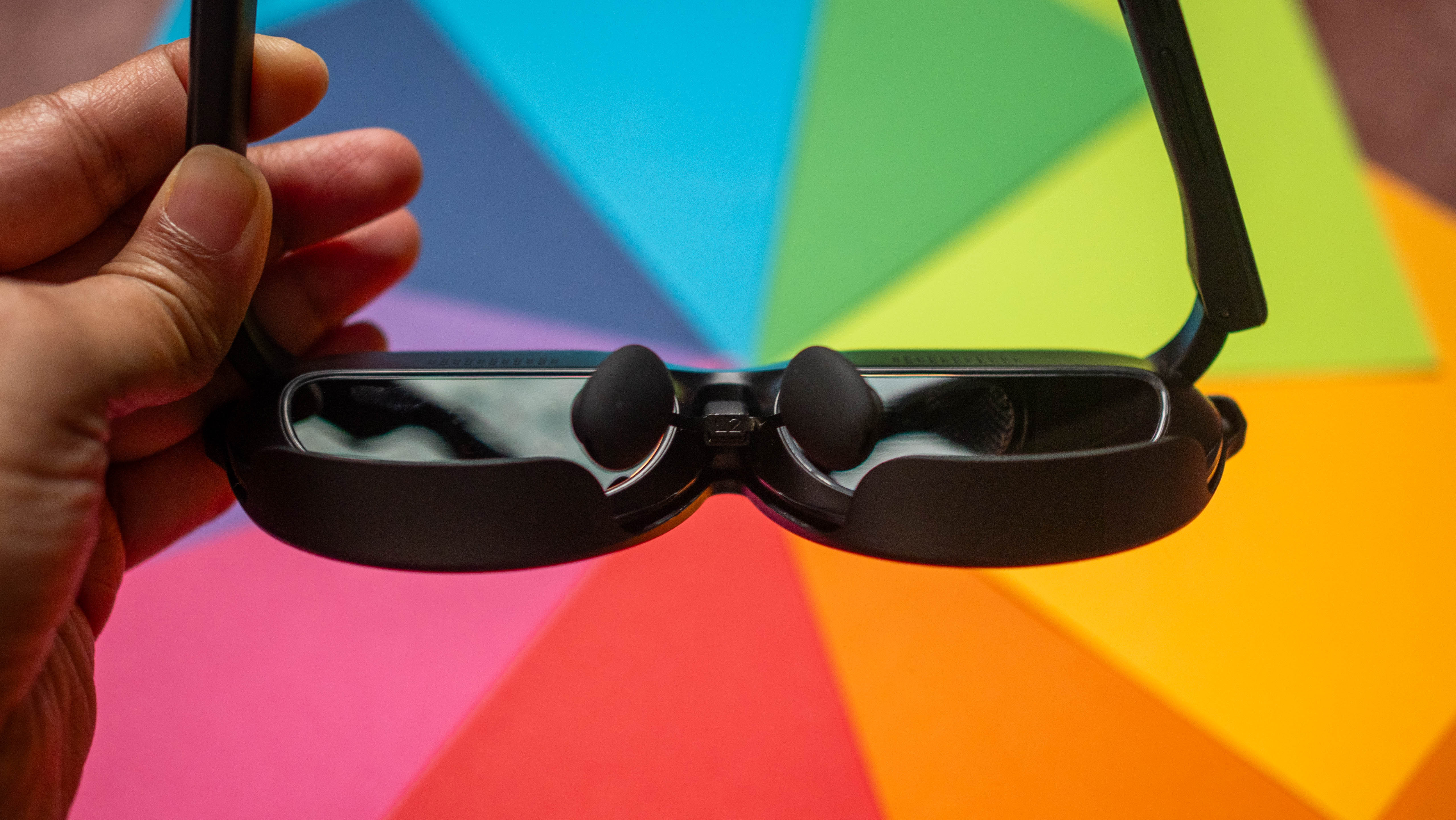
Honestly, after using these glasses for the better part of a month, I don't see myself going back to AR glasses that don't have this feature. You can use the built-in dials above the rim, and there's no fringing whatsoever once you adjust either lens. The nose bridge has soft pads that are comfortable, and I didn't see any fatigue even after using the Max 2 for well over an hour.
Get the latest news from Android Central, your trusted companion in the world of Android

Another positive is the coating on the front shade; it is sufficiently dark that it tunes out ambient light, allowing for a clearer picture. Basically, Rokid nailed all the basics here, and the Max 2 showcase the potential of AR glasses. On that note, there are controls under the right side of the frame, and the USB-C connector is located at the end of the left frame.
I didn't see any issues connecting the Max 2 to the Vivo X200 Ultra, Pixel 9 Pro Fold, Pixel 9 Pro XL, Vivo X200 Pro, and the iPad Pro M4. The Sony Micro-OLED panel is a known quantity in this category, and it delivers good brightness levels and excellent image fidelity. It's a delight to use the Max 2 to watch TV shows and movies, and having a sizeable panel on the go is enjoyable.
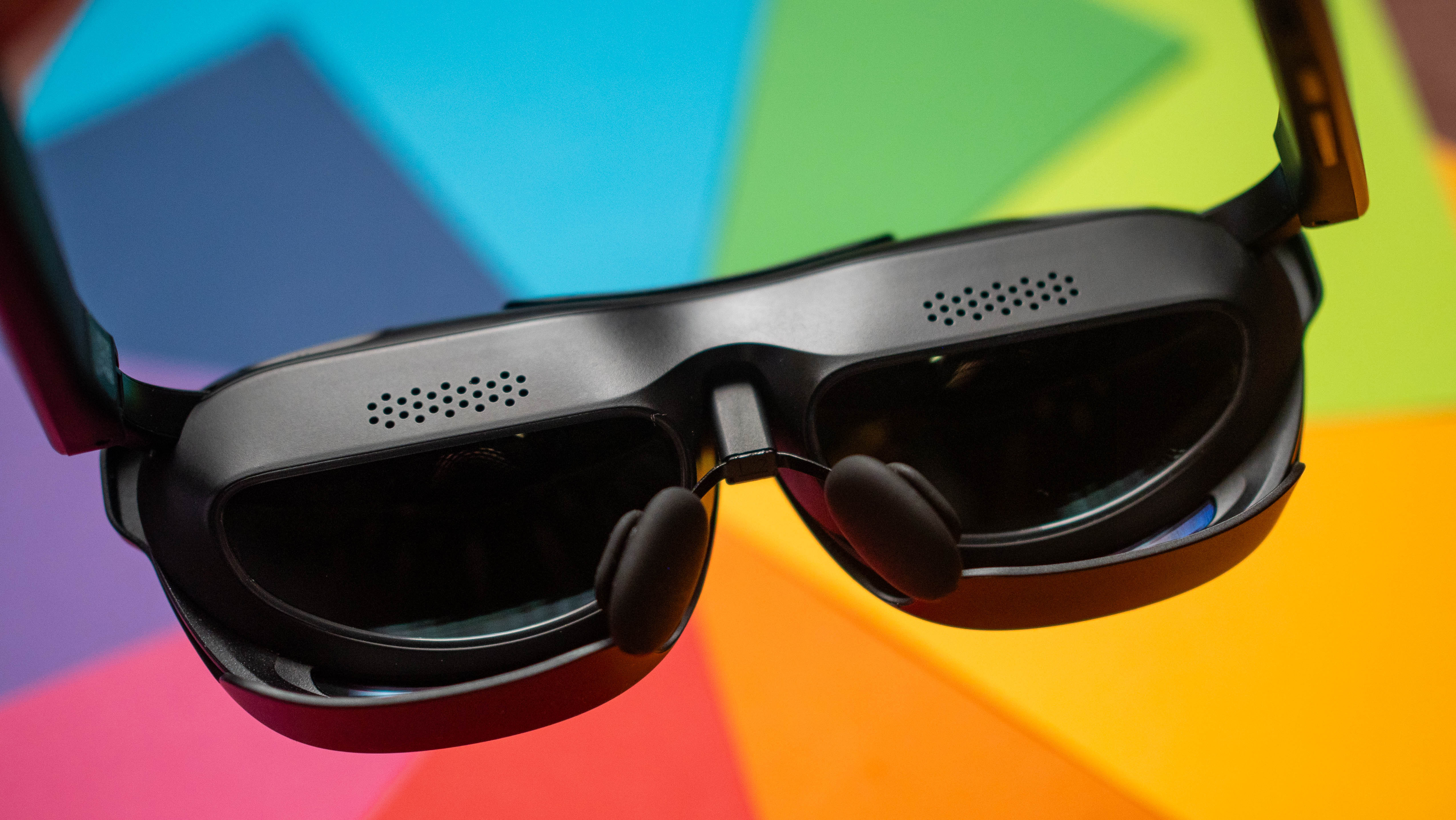


The glasses have a standard 90Hz refresh with a 1080p resolution, and there isn't any issues in this regard. Built-in sound is pretty decent in its own right, and there isn't much in the way of sound leakage even when you turn up the volume. Rokid bundles a hard shell case with the package, and it does a good job safeguarding the glasses and the provided USB-C cable.

Most of my usage was with the Steam Deck, and the AR glasses excel in this area; the ability to play games on the Steam Deck with a 215-inch panel is just plain cool, and the novelty doesn't really wear off. So if you've got a handheld console and want to make the most of it, I highly recommend getting these glasses.
Rokid Max 2: What I don't like
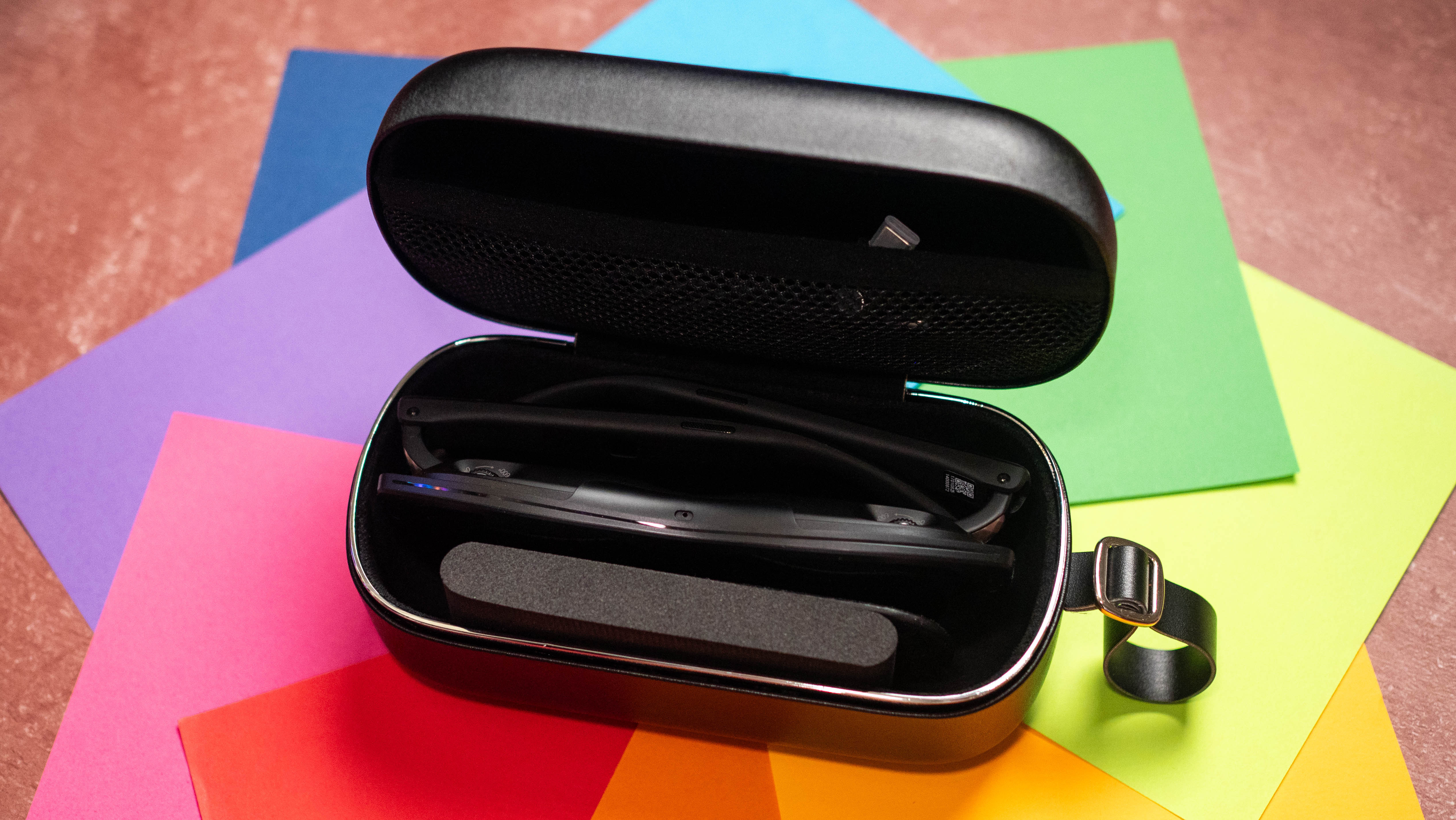
The Max 2 goes up to 600 nits, and they're not as bright as RayNeo's Air 3S. This isn't a huge issue in most usage scenarios, as the darkened shade means it doesn't let much ambient light in. But if you want glasses for outdoor use, you'll want to consider switching to Xreal.
The only other issue is that Rokid's software ecosystem is fledgling. While the glasses are great when paired to a phone or handheld console, you don't get much in the way of utility from the brand's custom Android app. So if you want glasses that are just as good with productivity use cases, these aren't it.
That situation is likely to change with the introduction of the Station 2, and I'll revisit this section once I've used the accessory with the Max 2.
Rokid Max 2: The alternatives
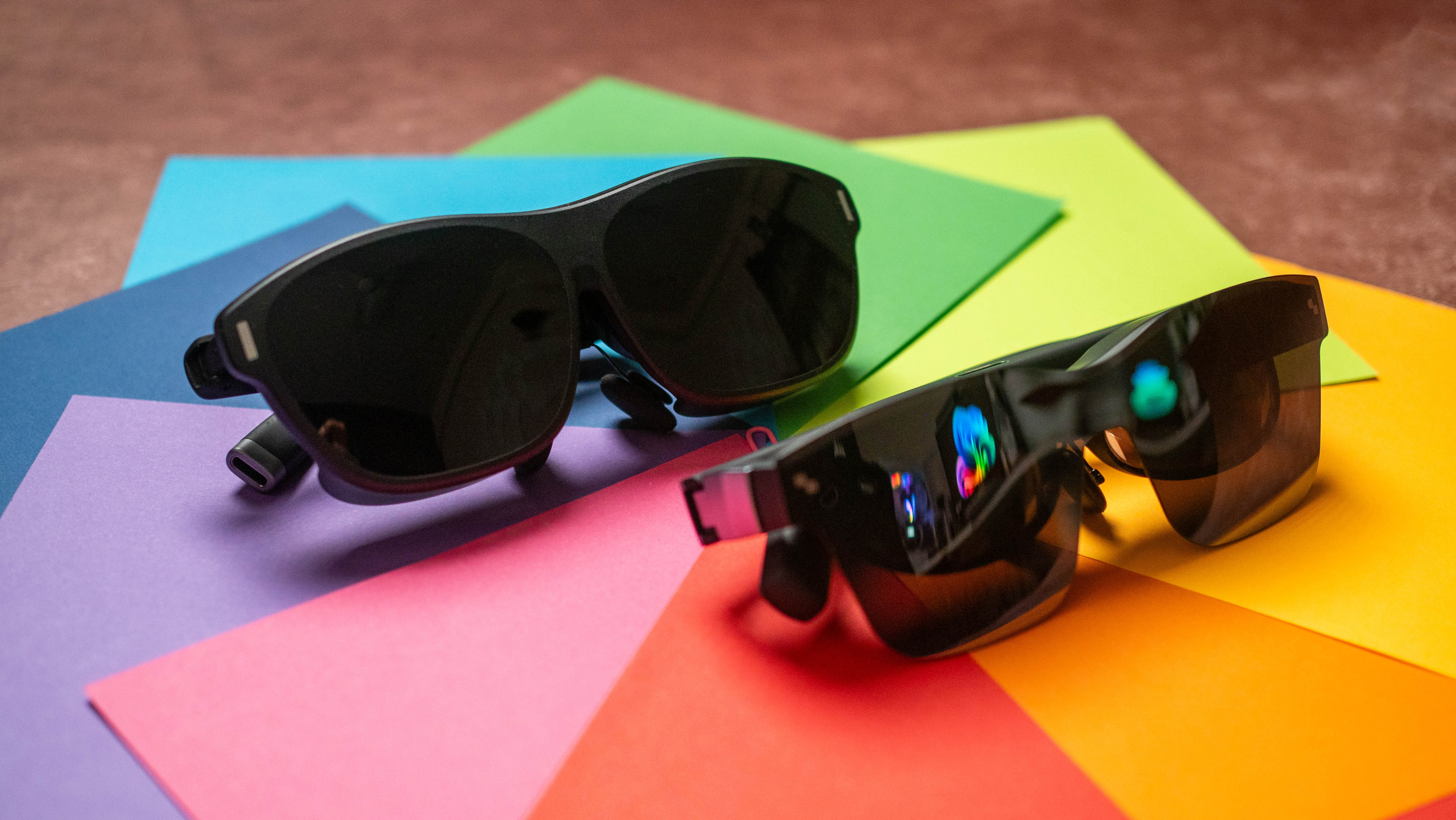
Xreal's One is still the product to beat in this category, delivering a vibrant Micro-OLED panel, 120Hz refresh, great built-in sound that's tuned by Bose, and 1080p resolution. They're heavier than the Max 2, but you get better adjustability, and the software ecosystem is decent.
If you want the best value, RayNeo's Air 3S is still a good choice. It doesn't have some of the extras — like granular adjustment — but it delivers a bright image, and fringing isn't as evident as previous models. Coming in at $269 on Amazon, the Air 3S is an unmatched value if you need entertainment-focused glasses.
Rokid Max 2: Should you buy it?
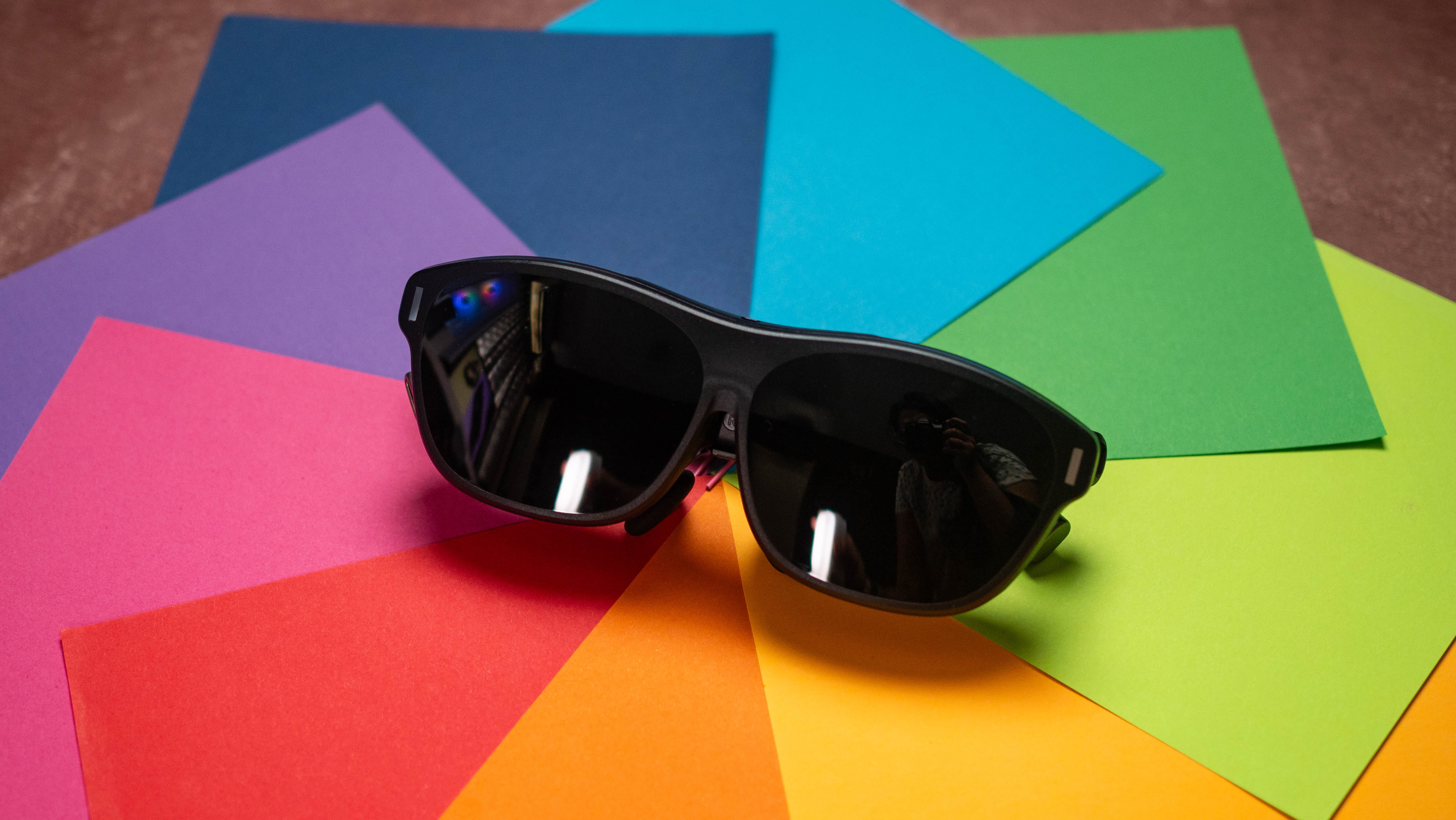
You should buy this if:
- You want AR glasses to use with multimedia and gaming
- You need a comfortable design with a good range of adjustability
- You want a good value
You shouldn't buy this if:
- You need an extensive software ecosystem
- You need productivity-focused AR glasses
As it stands, the Max 2 is a standout choice if you're new to this category. The glasses have a durable design and a highly adjustable fit, and they don't cause any fatigue even with extended use. The built-in sound is good, and it's easy to connect to just about any device over USB-C.
The picture quality is fabulous, and this is where the Max 2 really comes into its own. While it may not be the brightest, the fact that you get granular controls over the lens adjustment means you're guaranteed a clean image without any fringing, and I value that over increased brightness levels.
I'll have to wait and see how the Max 2 evolves with the Station 2, but as of today, these AR glasses excel at the basics.

With the Max 2, Rokid has shown that it knows how to deliver the fundamentals. These AR glasses are great if you want to play games on a massive 215-inch panel while on the go.

Harish Jonnalagadda is Android Central's Senior Editor overseeing mobile coverage. In his current role, he leads the site's coverage of Chinese phone brands, networking products, and AV gear. He has been testing phones for over a decade, and has extensive experience in mobile hardware and the global semiconductor industry. Contact him on Twitter at @chunkynerd.
You must confirm your public display name before commenting
Please logout and then login again, you will then be prompted to enter your display name.
